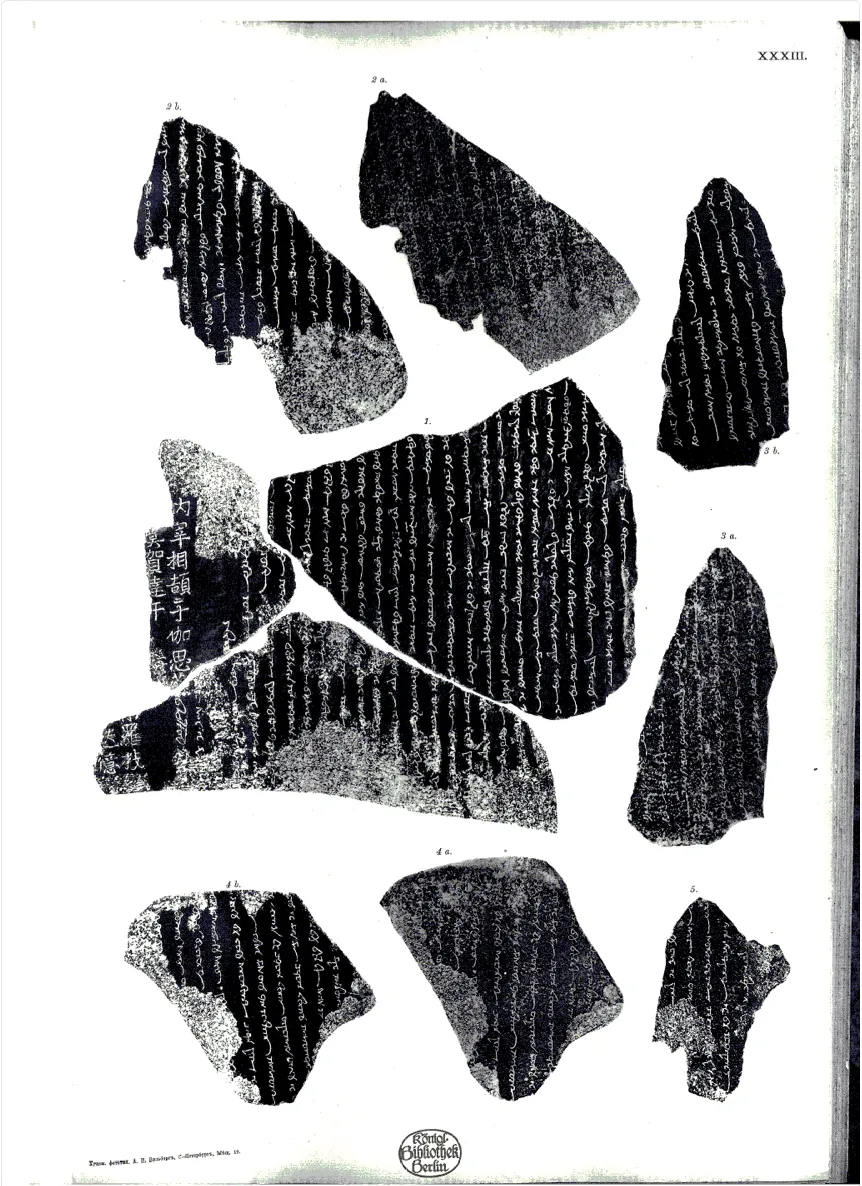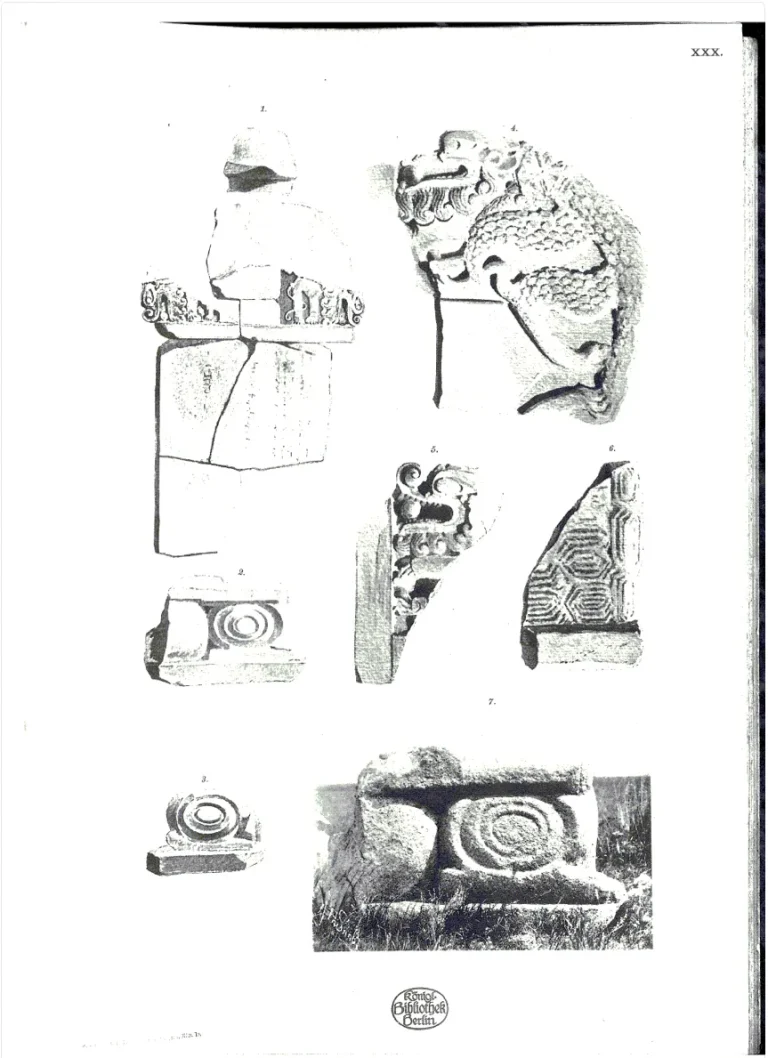
The Trilingual Inscription from Karabalgasun
The trilingual inscription of Karabalgasun is an important archaeological artifact from the time of the Uyghur Khaganate, which was discovered in the old Uyghur capital of Karabalgasun and is written in three languages: Old Uyghur, Sogdian and Chinese. Each of these languages represents an important cultural and political connection of the Uyghurs at that time.
Inscription in Three Languages
The inscription consists of three sections, each written in one of the three languages. Each section contains important information about the reign of the 8th Khagan (808 – 821 AD) and documents significant events that took place during his reign. In particular, military successes in the history of the Uyghur Empire and the adoption of the Manichaean faith and its special promotion by the Uyghur khan are mentioned. The inscription thus provides important clues for understanding Uyghur culture and politics. The trilingual inscription from Karabalgasun is an outstanding example of the rich cultural and linguistic landscape of Central Asia in the Middle Ages. It documents the interdependencies and interactions between different peoples and cultures and remains an important object for archaeological and historical research.

Relations between the Sogdians, Uyghurs and Chinese
The Sogdian language was generally an important trading language in Central Asia. The Sogdians were well-known traders and had close economic ties with the Uyghurs. The Sogdian part of the inscription testifies to these trade relations and the cultural links between the two peoples. It also contains references to the Sogdians’ role as advisors and diplomats at the Uyghur court. The Chinese section of the inscription also reflects the diplomatic and political relations between the Uyghur Khaganate and the Tang Empire in China. The Uyghurs had a complex relationship with the Tang emperors, which was characterized by both alliances and conflicts. The inscription documents tributes, legations and the recognition of Uyghur rule by the Chinese.


Unique Testimony
Overall, the trilingual inscription from Karabalgasun is a unique testimony to the cultural and linguistic diversity and intercultural exchange in Central Asia during the Middle Ages. It shows how the Uyghurs were not only a political and military power, but also a bridge between different cultures and civilizations.

The Importance of Multilingualism
This inscription also highlights the use of multilingualism as a means of communication and administration in a multicultural empire. The discovery and analysis of the trilingual inscription from Karabalgasun have made important contributions to our understanding of the history and culture of Central Asia. Archaeologists and historians have gained deeper insights into the complex social and political structures of the Uyghurs and their neighbours through the inscription. It is a key element in understanding Uyghur civilization and its role in the history of the Silk Road.
